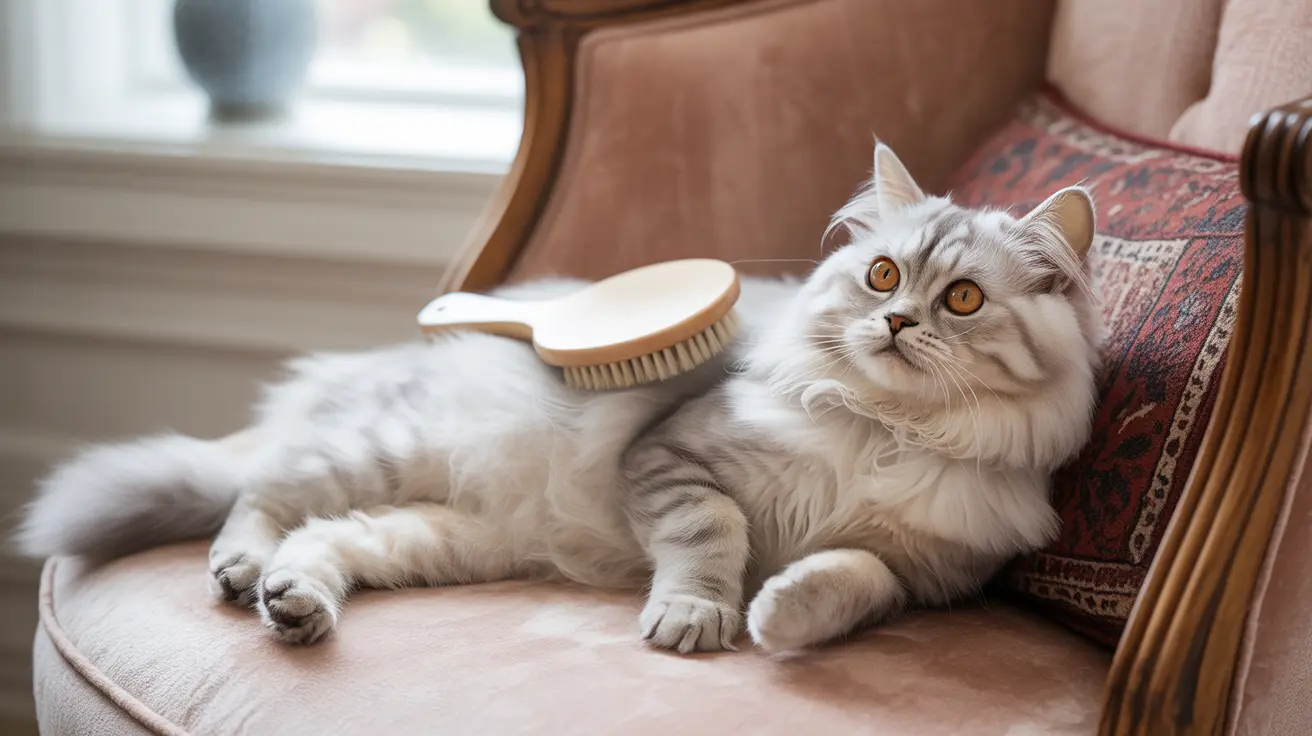Understanding Munchkin Cat Shedding Patterns
Munchkin cats experience regular shedding throughout the year, with noticeable increases during spring and fall. These seasonal changes trigger a natural coat-renewal process, helping cats adapt to temperature variations. Indoor Munchkins may shed more consistently year-round due to artificial lighting and controlled temperatures affecting their natural coat cycles.
The amount of shedding varies between individual cats, regardless of whether they're short-haired or long-haired varieties. While both types shed similar amounts of fur, longer coats may make the shedding appear more pronounced.
Factors That Influence Shedding
Diet and Nutrition
A balanced diet plays a crucial role in maintaining healthy coat condition and managing shedding. Munchkin cats require adequate protein, essential fatty acids, and vitamins to maintain optimal coat health. Poor nutrition can lead to excessive shedding and a dull, brittle coat.
Environmental Conditions
Stress, temperature changes, and humidity levels can all impact how much your Munchkin sheds. Creating a stable, comfortable environment helps regulate normal shedding patterns and prevents stress-induced excessive hair loss.
Essential Grooming Tips
Brushing Requirements
Regular brushing is your primary defense against excessive shedding. Short-haired Munchkins benefit from weekly brushing sessions, while long-haired varieties need attention 2-3 times per week. Using the right grooming tools, such as soft-bristled brushes or grooming mitts, makes the process more effective and comfortable for your cat.
Additional Grooming Needs
Beyond regular brushing, maintain your Munchkin's overall grooming routine with occasional baths (using cat-specific shampoo), regular nail trimming, and dental care. These practices contribute to your cat's general health and well-being.
Managing Shedding in Your Home
Keep your living space clean and fur-free by implementing a regular cleaning schedule. Invest in quality vacuum cleaners designed for pet hair, use lint rollers on furniture, and consider placing washable covers on your cat's favorite resting spots.
When to Seek Veterinary Care
While shedding is normal, excessive hair loss or changes in coat texture may indicate underlying health issues. Contact your veterinarian if you notice bald patches, skin irritation, or unusually heavy shedding, as these could signal medical conditions requiring attention.
Frequently Asked Questions
Do Munchkin cats shed more or less compared to other cat breeds?
Munchkin cats are moderate shedders, typically shedding about the same amount as most domestic cat breeds. They don't shed significantly more or less than average.
How often should I brush my Munchkin cat to control shedding?
Short-haired Munchkins need brushing once a week, while long-haired varieties require brushing 2-3 times per week. During seasonal shedding periods, you may need to increase brushing frequency.
Does the length of a Munchkin cat's coat affect how much they shed?
While both short and long-haired Munchkins shed similar amounts, longer coats make shedding more noticeable and require more frequent grooming to prevent matting.
Can regular grooming reduce shedding-related allergy symptoms in Munchkin cats?
Regular grooming can help reduce loose fur and dander in your environment, potentially minimizing allergy symptoms. However, Munchkin cats are not hypoallergenic, and grooming alone may not completely eliminate allergic reactions.
What health or environmental factors can cause my Munchkin cat to shed excessively?
Poor nutrition, stress, skin conditions, parasites, hormonal imbalances, and significant temperature changes can all cause excessive shedding in Munchkin cats.
Understanding and managing your Munchkin cat's shedding is key to maintaining a healthy pet and a clean home. With proper care, regular grooming, and attention to their overall health, you can keep shedding under control while enjoying the unique companionship these charming cats provide.






